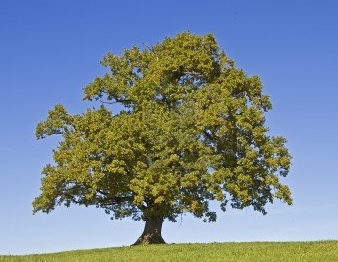
In most people’s minds the image of a Druid, if they have an image at all, is a vague notion of Merlin the Magician, or a shadowy sinister practitioner of human sacrifice, perhaps an oddly dressed New Age Hippy. But that image is far from the truth and the real story of the Druids is so much more than that.
You may ask yourself why you should care. What does it matter? It matters because the Druids were the caretakers of Celtic culture. They suffered at the hands of the Romans who were rightly intimidated by the depth of the knowledge and wisdom passed down from generation to generation in the Oral tradition of Druidic teaching. Later the conversion of the Celtic peoples to Christianity lead to the gradual erosion of the remaining vestiges of the Druidical order. The histories show that the Christian missionaries were adept at synthesising Druidical beliefs and practices with those of the Christian religion. These new beliefs were made to seem like extensions of the existing Celtic beliefs and practices rather than what they really were - a completely novel and foreign religion.
Druids were the repository of the immensity of Celtic culture, the culture that held sway over most of Western Europe before the Romans. Had it not been for the Celtic religious ban on committing the wisdom and learning of the Druids to the written word, it would be the legacy of the Celts, rather than that of Greeks, that would be hailed today as the basis of western civilization. The Druids deserve to have their story told and those of us who believe in a Celtic identity owe it to their memory and enduring spirit to attempt an understanding of their role in our legacy whether Breton, Scot , Manx, Irish, Welsh or Cornish.